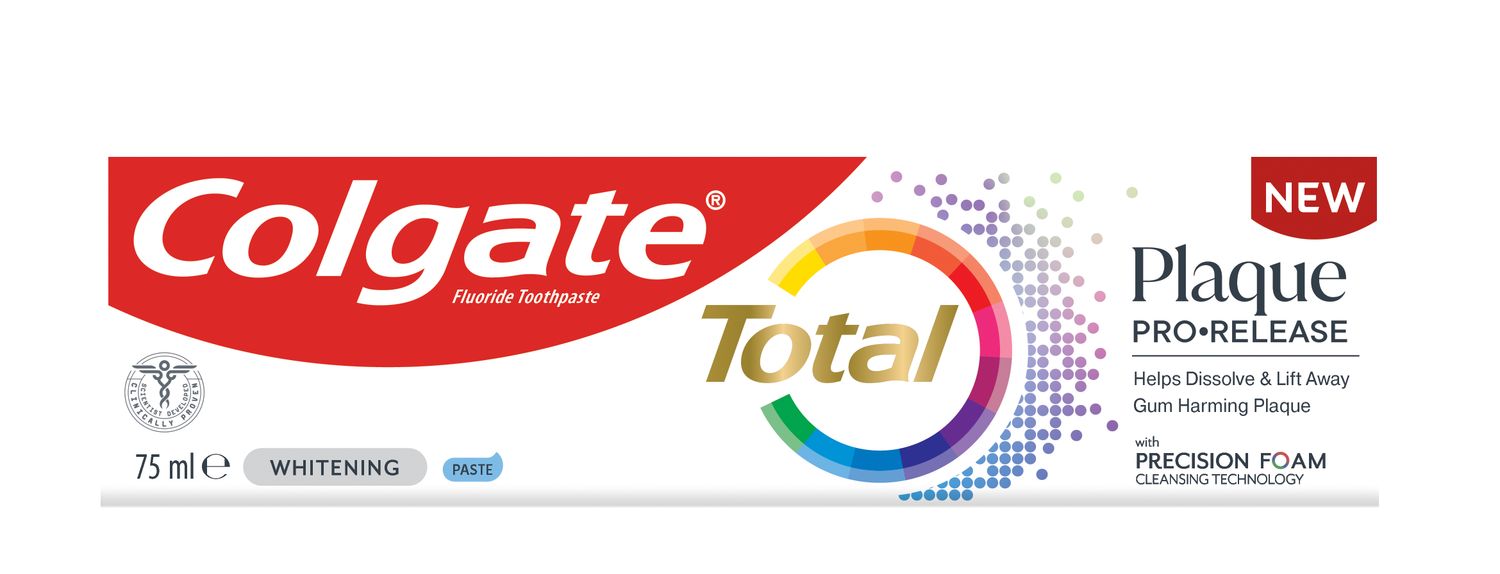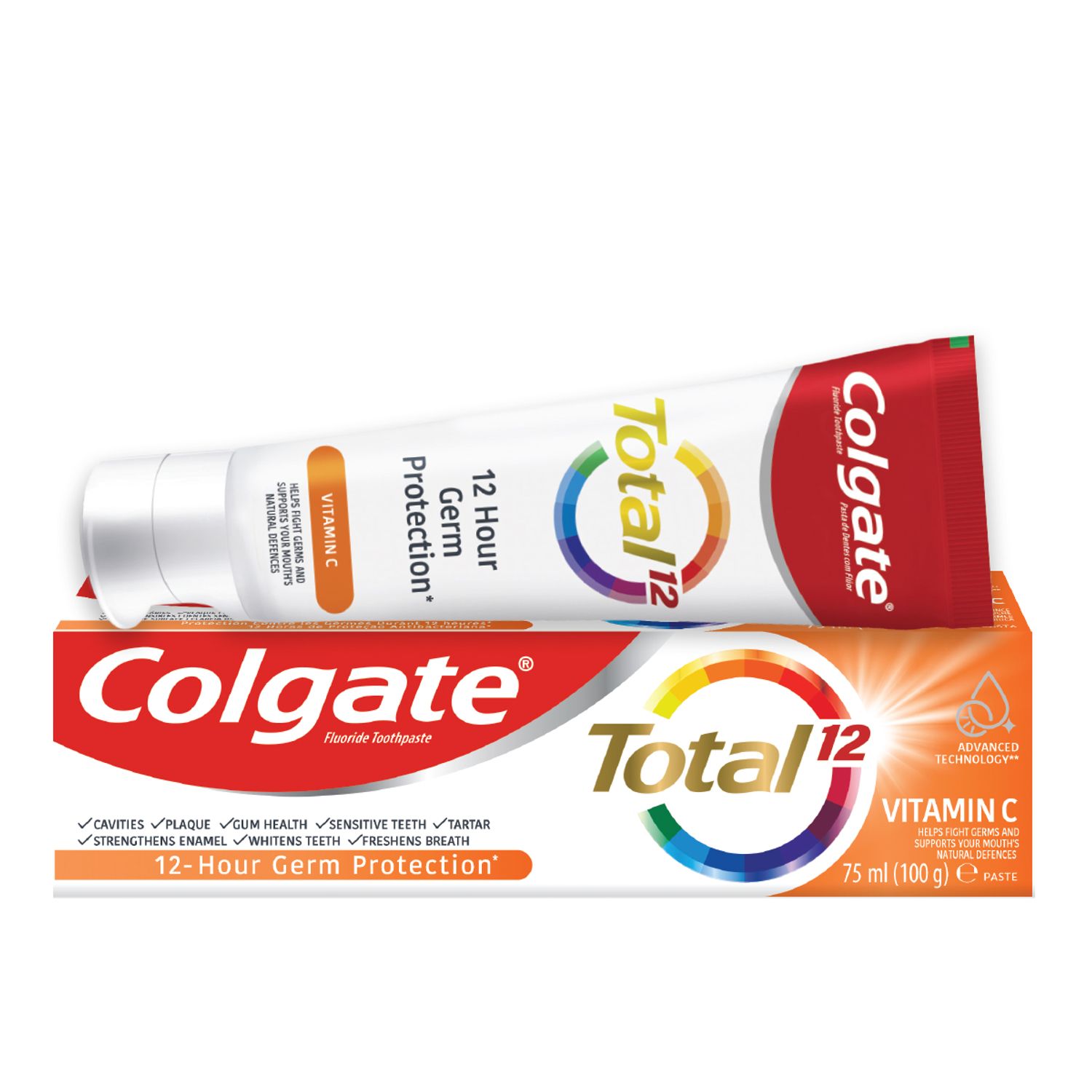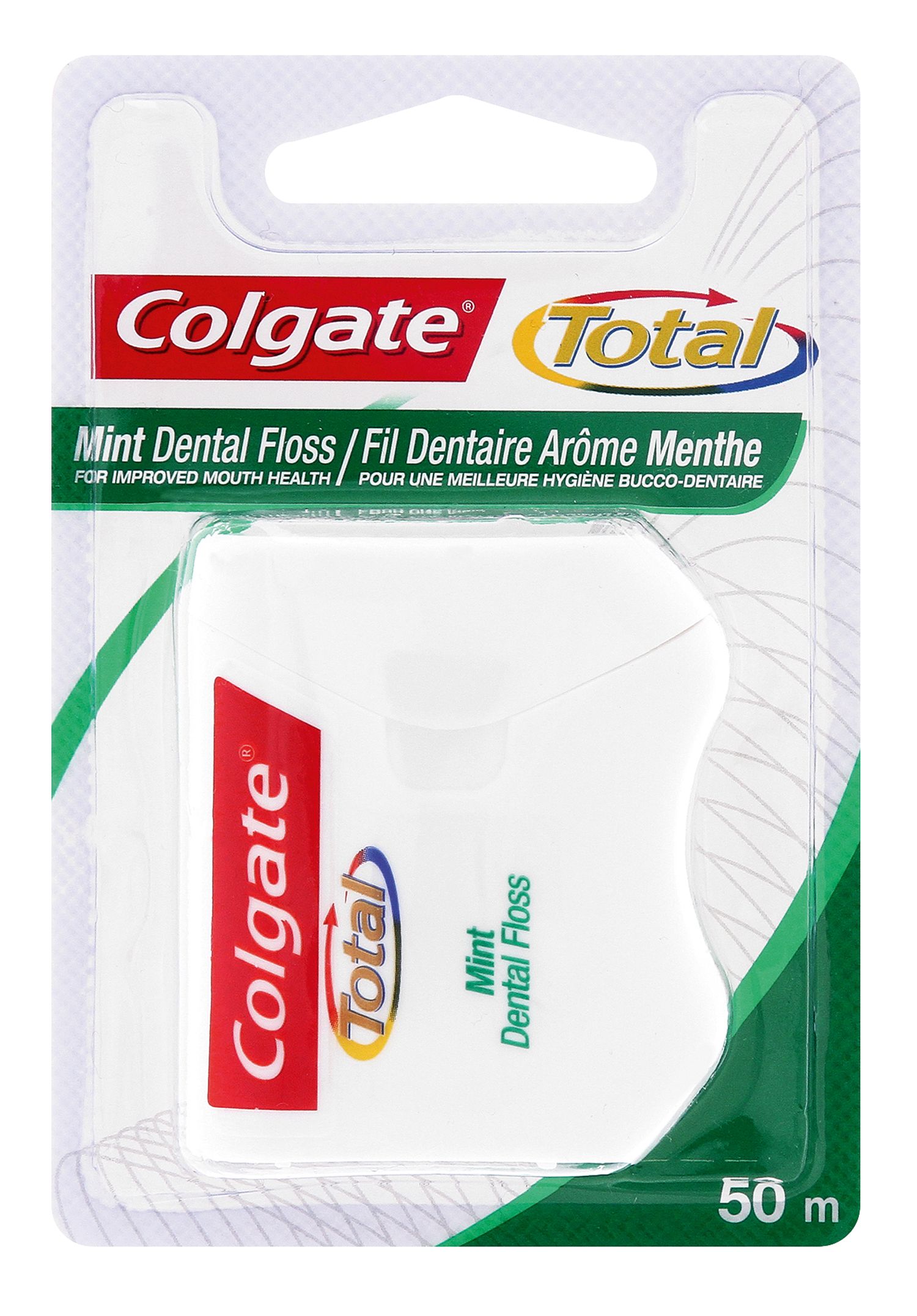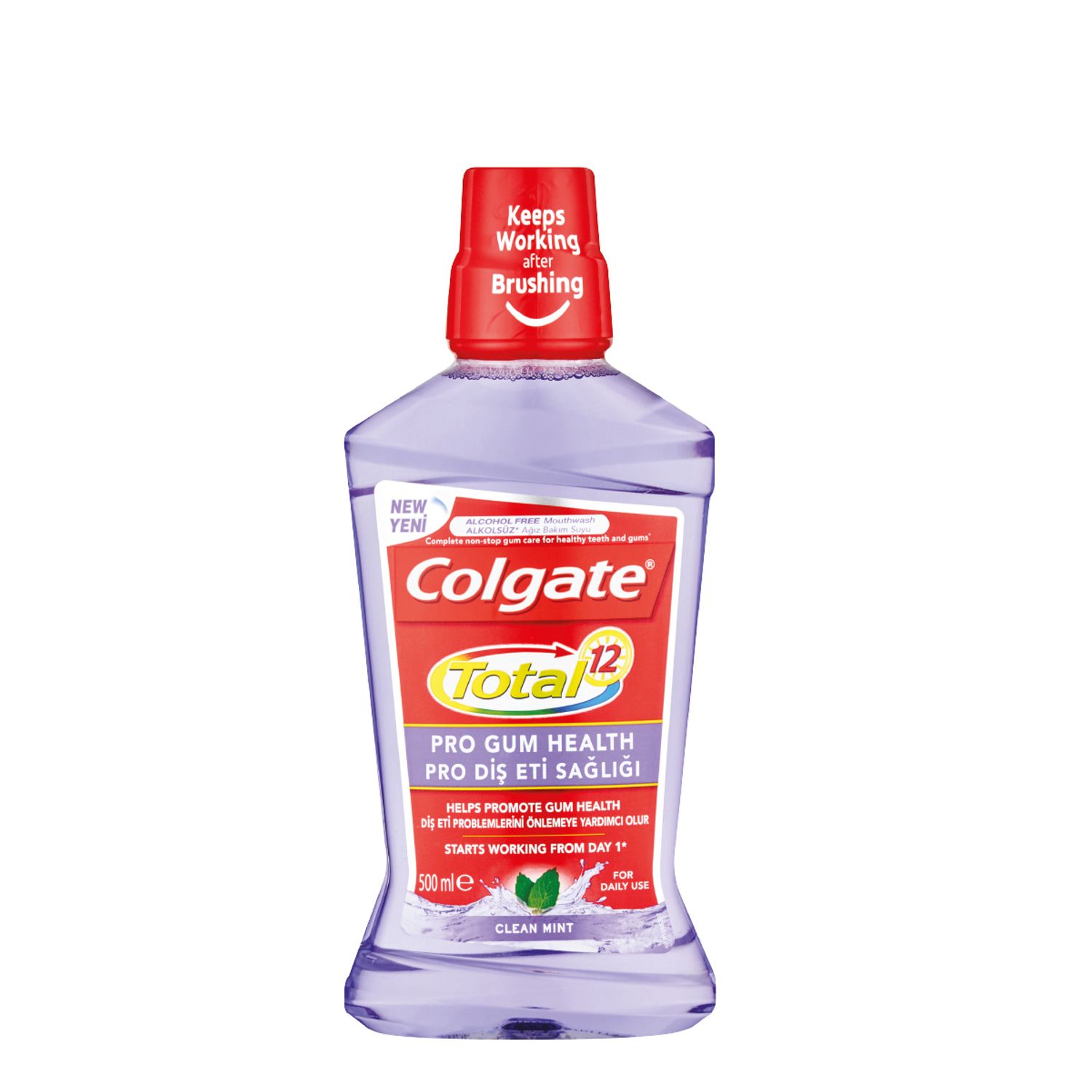-
-

CAVITIES
Can You Heal A Cavity At Home?You feel a sharp pain when you bite down or try to eat. You think it's a cavity, but you're not 100 percent sure...

BAD BREATH
How To Cure Bad BreathMore commonly known as bad breath, halitosis is an embarrassing hygiene issue that nobody wants, but some of us get every now and then...
-
Science & Innovation
- Colgate® | Toothpaste, Toothbrushes & Oral Care Resources
- Oral Health
- Why Your Dentist Suggests Debridement


Your body naturally produces plaque – the soft, sticky substance that coats your teeth. When plaque goes uncleaned or builds up along your teeth, it becomes tartar, which is hard and more difficult to remove. Both of these substances are usually addressed during your bi-annual check-ups, leaving your teeth feeling completely clean. Unfortunately, if you've missed several check-ups, those deposits can become so severe and stubborn that your dentist must use a technique called debridement before starting your usual check-up. If your dentist has suggested the procedure, don't worry: it's necessary for your oral health and can help put you back on the road to healthy dental habits. Learn more about what debridement means and why your dentist uses it to prepare for your appointment.
Why Debride? What is it?
Imagine an archaeologist uncovering an artefact. Before he or she can examine the piece, every crevice needs to be carefully cleaned to ensure that it can be inspected thoroughly. An archaeologist needs to do more than simply brush away years of sediment and must instead use special tools to gently uncover the find. That's similar to how your dentist debrides. Usually, a simple cleaning by an oral hygienist is enough to prep your teeth for a routine check-up. But if your teeth have been neglected and build-up has obstructed the view, the oral hygienist will remove the tartar and plaque with an ultrasonic device and scaling tools during a longer appointment to clean your teeth prior to your check-up. This process isn't typically included in the cost of your appointment and, as it takes more time, may require you to make a special appointment before your check-up.
The Process
The American Dental Association defines debridement as the "Removal of subgingival and/or supragingival plaque and calculus which obstructs the ability to perform an evaluation." It's a lengthy definition, but it basically means that the procedure happens before your regular check-up when a typical cleaning isn't enough to evaluate the health of your teeth. Supragingival plaque is the plaque above your gums, while subgingival plaque is the harder-to-reach plaque below the surface of your gums. According to RDH, the National Magazine for Dental Hygiene Professionals, supragingival plaque may be removed using the dental tools you're familiar with – scaling tools – while harder plaque may require the use of other tools. Both types of plaque require more time than a regular cleaning, but intensive debridement often requires the use of a special electronic tool that uses ultrasonic vibrations to break up calculus and remove plaque and food debris so it can be cleaned. Your oral hygienist will use the ultrasonic device first to remove the calcified tartar (calculus) and plaque that attaches to it, and then continue with fine scaling the teeth and root surfaces to provide optimal deep cleaning.
When done properly, the process allows your dentist to have a more complete view of your teeth, without dense plaque and tartar clouding the view. The dentist will check for dental caries and the oral hygienist will be able to probe the gumline to check to see if the patient's bone is healthy and check that there is no periodontal disease.
Post-Procedure
While it may take longer than a usual cleaning, debridement will likely only cause a little tenderness in your gums. If you feel uncomfortable, you can ask your dentist about pain management during the procedure. Once the procedure has been completed, your check-up can proceed as usual, but you'll want to take special care to ensure that your teeth don't become coated in dense deposits again. The National Institute of Dental and Craniofacial Research warns that some individuals are more prone to plaque, tartar and gum problems than others, so it's even more important to follow good oral hygiene habits if you happen to be susceptible to calculus deposits.
To avoid developing tartar again, follow great oral care habits. Brush twice daily with a toothbrush to remove germs from the teeth, tongue, cheeks and gumline. Cleaning the plaque between your teeth with daily flossing can also keep deposits at bay in hard-to-reach areas and decrease cavities between your teeth.
Luckily, once your teeth are properly cleaned, you can work to maintain their debris-free status. By making sure you attend all your regular check-ups, you can get rid of the excess plaque and tartar so your dentist and oral hygienist can continue to provide you with great care for a beautiful white smile.
Related Articles

When receiving orthodontia for straighter teeth, you may find swollen gums with braces come with the territory. Here's how to care for them.

When a cut on gums ruins your day, here are the signs that you should visit a doctor. Learn more here.

If you care about your oral hygiene, you likely brush your teeth twice a day. But if frequent brushing is a good thing, then how can over-brushing teeth be risky?
Related Products

Helping dental professionals
More professionals across the world trust Colgate. Find resources, products, and information to give your patients a healthier future








